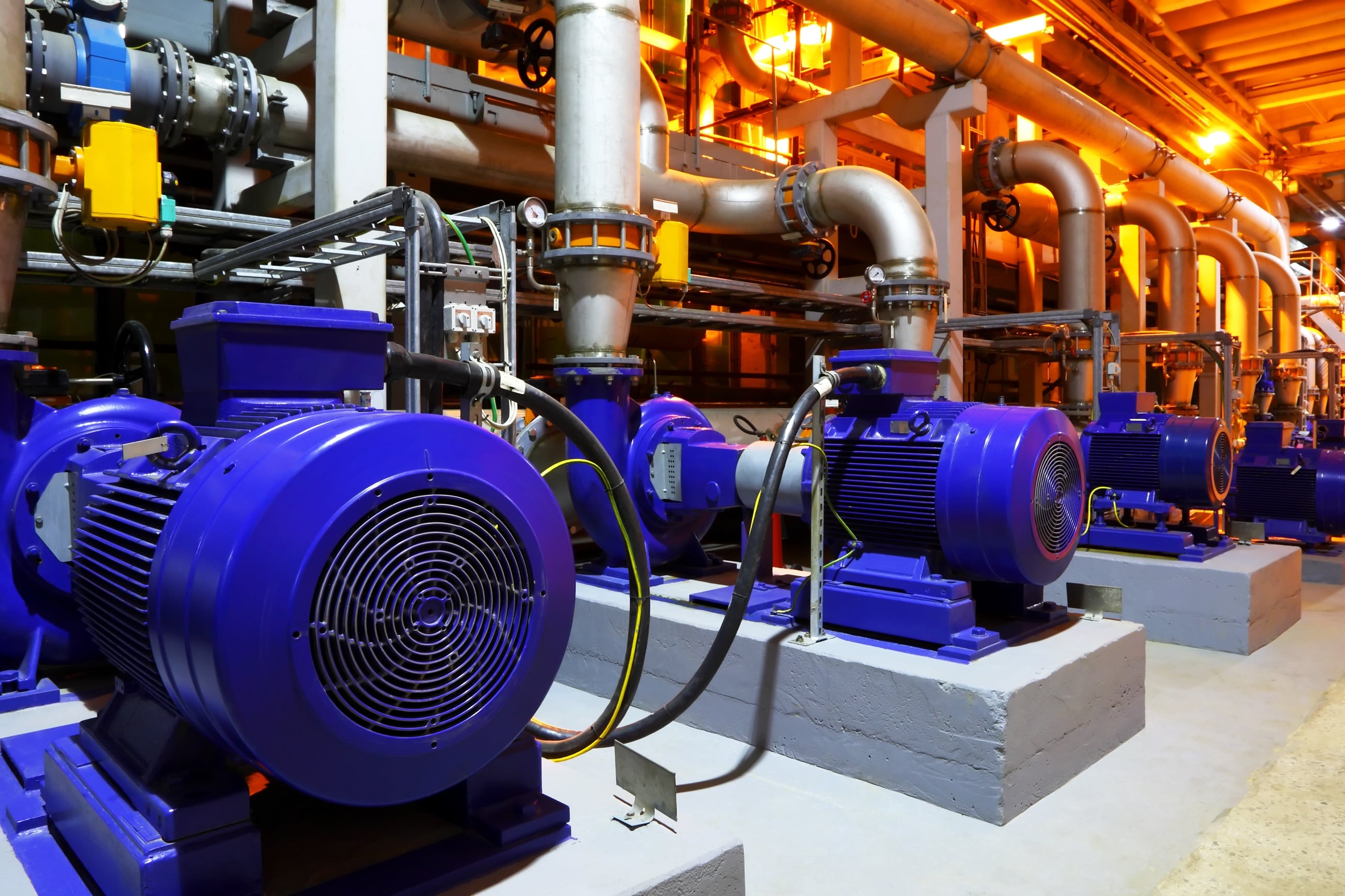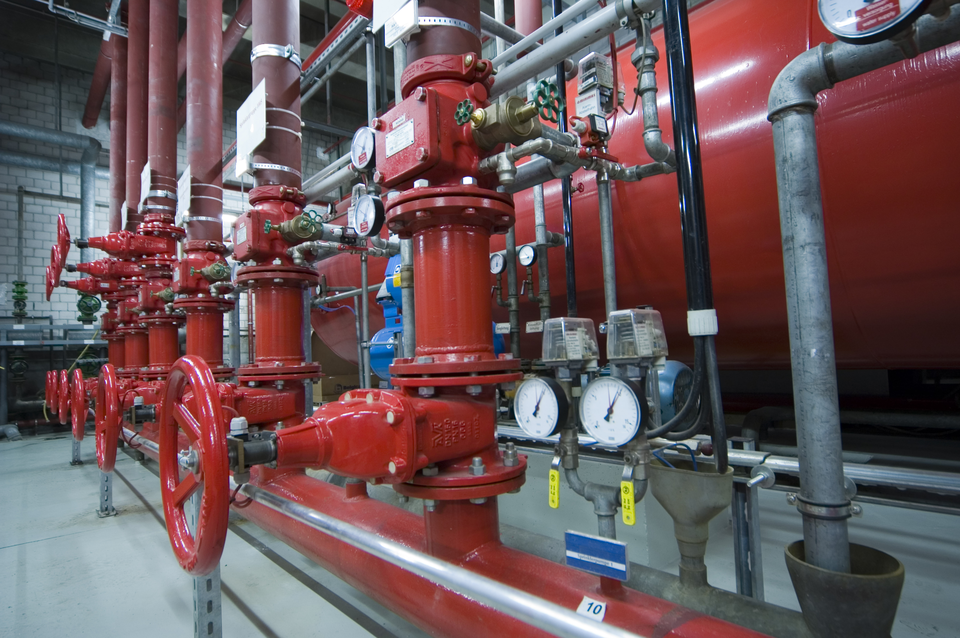This post which follows involving 4 Ways to Troubleshoot Low Water Pressure is especially fascinating. Give it a go and make your own ideas.

Low water pressure in your house can be a discouraging problem, influencing everything from bathing to cleaning recipes. If you're experiencing weak water flow, there are a number of possible reasons and remedies to explore. In this guide, we'll review typical reasons for low tide stress and functional actions to attend to the concern successfully.
Introduction to Low Water Pressure
Low water stress takes place when the flow of water from your faucets, showers, and various other components is weaker than common. This can make day-to-day tasks more difficult and less reliable. Comprehending the causes of low water pressure is essential to discovering the best service.
Typical Sources Of Low Tide Pressure
Pipeline Obstructions
With time, pipelines can become clogged with mineral deposits, sediment, or debris, limiting the circulation of water. This is an usual problem in older homes with galvanized steel pipelines.
Corrosion
Deterioration within pipelines can result in leaks and minimized water pressure. Rust build-up can restrict water flow, specifically in aging plumbing systems.
Faulty Stress Regulatory Authorities
Stress regulatory authorities are in charge of maintaining regular water stress in your home. If they malfunction, it can cause low tide pressure or unequal circulation throughout the house.
Local Water Supply Issues
Occasionally, the trouble exists outside your home. Local water issues, such as main line leaks or upkeep job, can temporarily minimize water stress in your area.
How to Detect Low Tide Pressure
Examining Faucets and Components
Start by testing the water pressure at various taps and components throughout your home. If the concern is isolated to details areas, it might show local issues.
Inspecting Pipelines
Evaluate visible pipes for indications of leakages, corrosion, or obstructions. Take notice of any type of uncommon sounds, such as banging or rattling pipes, which could suggest problems within the plumbing system.
Consulting with a Plumber
If you're not able to identify the root cause of low water pressure, think about working with a professional plumber to conduct a comprehensive assessment. They can recognize underlying issues and advise appropriate options.
DIY Solutions to Deal With Low Tide Stress
Cleaning Aerators and Showerheads
Natural resources can gather in aerators and showerheads, reducing water flow. Get rid of and clean up these components frequently to enhance water stress.
Flushing Water Heater
Sediment buildup in the hot water heater can restrict circulation and reduce performance. Purging the storage tank periodically helps get rid of debris and maintain ideal efficiency.
Inspecting Stress Regulator
Make sure that the pressure regulator is functioning properly. Readjusting or changing the regulator can assist bring back correct water stress throughout your home.
Clearing Clogs in Pipes
For small obstructions, attempt using a plumbing serpent or chemical drain cleaner to clear obstructions in pipelines. Beware when using chemicals and adhere to security guidelines.
When to Call a Specialist Plumber
If do it yourself initiatives stop working to resolve the problem or if you suspect considerable plumbing troubles, it's finest to look for support from a qualified plumber. They have the know-how and tools to resolve complex concerns securely and successfully.
Safety Nets to Keep Water Pressure
Regular Maintenance
Arrange routine maintenance for your plumbing system to stop problems such as rust, leakages, and obstructions. Dealing with minor issues early can aid avoid even more considerable repairs later.
Mounting a Pressure Booster
Think about mounting a pressure booster pump to improve water pressure in areas with regularly reduced flow. This can be specifically useful for multi-story homes or residential properties with high-demand components.
Tracking Water Use
Be mindful of water usage routines and avoid ill-using the plumbing system. Basic modifications, such as staggering showers and laundry loads, can aid maintain ample water pressure.
Verdict
Taking care of low water pressure can be discouraging, yet determining the underlying reasons and carrying out proper remedies can restore ideal flow throughout your home. Whether it's cleaning up aerators, examining pipes, or consulting with a plumber, taking aggressive steps can make certain a consistent supply of water for your day-to-day needs.
FOUR WAYS TO FIX LOW WATER PRESSURE NOW
Turning on a shower or faucet only to find the water comes out in a sad, slow drizzle is never a good feeling. How exactly are you supposed to wash a pan or take a quick shower when it takes 10 minutes just to rinse off a little soap? The good news is that when your water pressure is bad, there's always a cause: typically one that can be easily fixed. Here are some of the most common causes of low pressure and what you can do to fix the issue:
DEBRIS AND MINERAL DEPOSIT BUILDUPS
If you notice low water pressure from just one or two of the fixtures in your house, the problem likely has to do with debris buildup. Water is full of minerals and other debris, all of which can accumulate in your pipes and on your fixtures. This can cause a blockage that affects how much water flows through. To fix this, try filling a small plastic bag with white vinegar, and use a rubber band to hang it around your showerhead or faucet. Let the head of the fixture soak for a few hours, and the vinegar should loosen the deposits.
WATER LEAKS
Leaks are another common cause of low water pressure. If water is flowing out of your plumbing through a hole or crack before it can reach your fixture, the pressure coming out of the faucet or showerhead will be lower. A plumbing professional is your best bet for finding and repairing a leak in your water supply pipes.
Leaks are another common cause of low water pressure. If water is flowing out of your plumbing through a hole or crack before it can reach your fixture, the pressure coming out of the faucet or showerhead will be lower. A plumbing professional is your best bet for finding and repairing a leak in your water supply pipes.
FOUR WAYS TO FIX LOW WATER PRESSURE NOW
Turning on a shower or faucet only to find the water comes out in a sad, slow drizzle is never a good feeling. How exactly are you supposed to wash a pan or take a quick shower when it takes 10 minutes just to rinse off a little soap? The good news is that when your water pressure is bad, there's always a cause: typically one that can be easily fixed. Here are some of the most common causes of low pressure and what you can do to fix the issue:
DEBRIS AND MINERAL DEPOSIT BUILDUPS
If you notice low water pressure from just one or two of the fixtures in your house, the problem likely has to do with debris buildup. Water is full of minerals and other debris, all of which can accumulate in your pipes and on your fixtures. This can cause a blockage that affects how much water flows through. To fix this, try filling a small plastic bag with white vinegar, and use a rubber band to hang it around your showerhead or faucet. Let the head of the fixture soak for a few hours, and the vinegar should loosen the deposits.
WATER LEAKS
Leaks are another common cause of low water pressure. If water is flowing out of your plumbing through a hole or crack before it can reach your fixture, the pressure coming out of the faucet or showerhead will be lower. A plumbing professional is your best bet for finding and repairing a leak in your water supply pipes.
Leaks are another common cause of low water pressure. If water is flowing out of your plumbing through a hole or crack before it can reach your fixture, the pressure coming out of the faucet or showerhead will be lower. A plumbing professional is your best bet for finding and repairing a leak in your water supply pipes.
A VALVE ISSUE
If you have low water pressure throughout your home, check your main shut-off valve to make sure it's completely open. You may also want to see if there's a pressure-reducing valve installed. If there is, have a plumber help you adjust the settings to get the pressure you're looking for.
OTHERS USING WATER
Believe it or not, your low water pressure could be caused by your neighbors. If you notice low pressure at certain times of day, it may be because you and the people living next to you have similar schedules - when everyone is showering at the same time, the pressure will be lower in every home. Low pressure throughout the neighborhood may also be caused by an issue with your municipal water supply. If that's the case, call the supplier to see if they're working on the issue.
https://www.rotorooter.com/blog/water-leaking/low-water-pressure-fixes/

Do you like reading about 10 Reasons for Low Water Pressure in Your House? Try to leave feedback below. We'd be pleased to listen to your opinions about this entry. We hope to see you back again in the future. Are you aware of somebody else who is fascinated about the niche? Please feel free to promote it. Thanks a lot for being here. Kindly visit our site back soon.
Order Repair